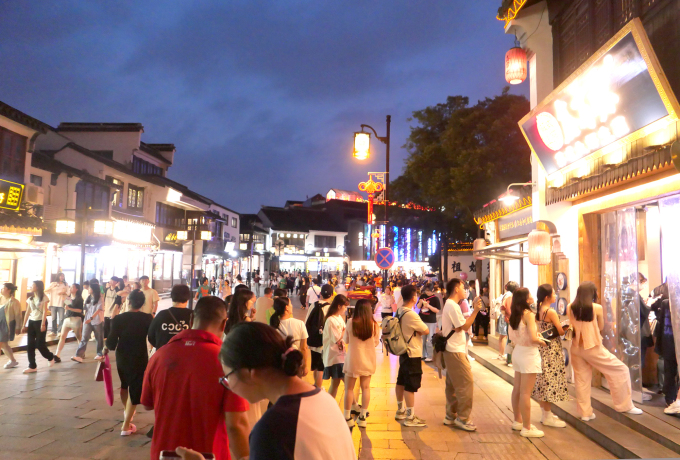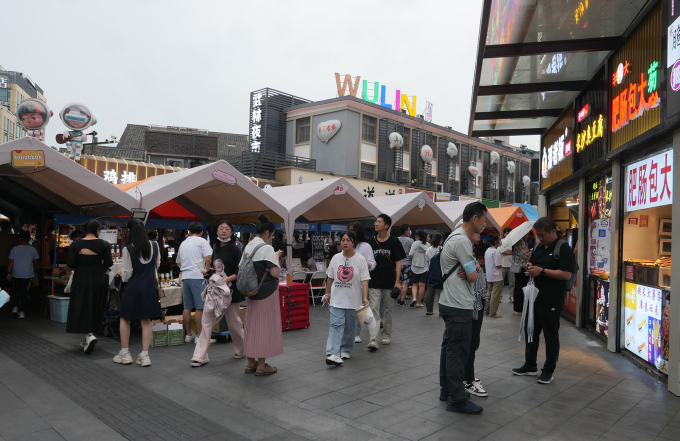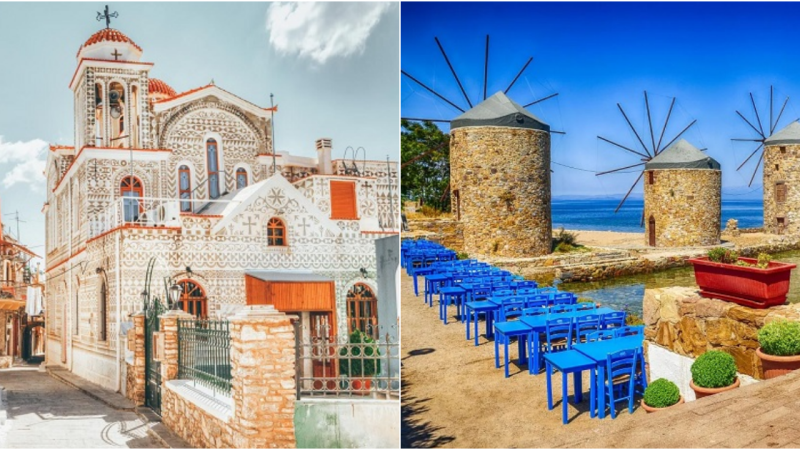“Exploring Vibrant Pedestrian Streets in Shanghai, Hangzhou, and Wuzhen: A Journey of Culture, Shopping, and Culinary Delights”
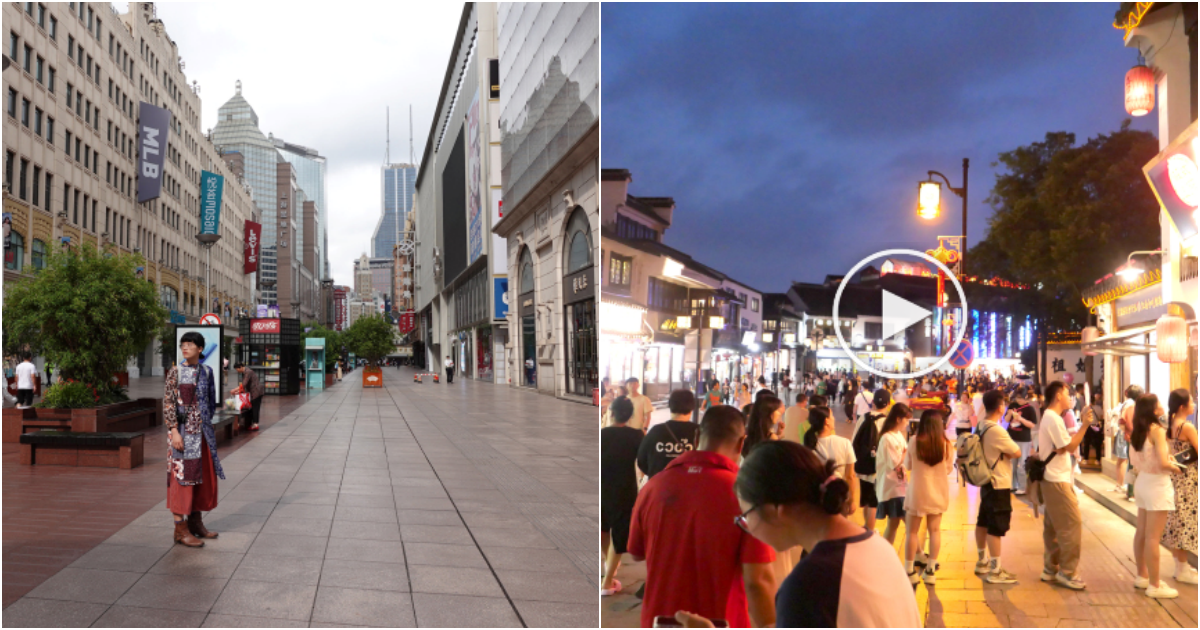
CHINA
All three tourist cities of Shanghai, Hangzhou, and Wuzhen have famous pedestrian streets with unique features.
Pedestrian streets are always popular destinations, showcasing the economic, cultural, and social life of each locality. Shanghai, Hangzhou, and Wuzhen form a “golden triangle” of tourism, with less than an hour’s train ride between them. When visiting these places, tourists should not miss the following pedestrian street routes. These streets offer opportunities for dining, shopping, sightseeing, and experiencing the beauty of the local culture.
Each pedestrian street has its own distinct characteristics, but the common features are cleanliness, absence of waste, modern and free public restrooms, and no overpricing. When finding your way to the mentioned pedestrian streets, it is advisable to use the Baidu Maps app and copy the names. Any pedestrian street in major cities is well connected to public transportation (subways, buses), making it convenient and cost-effective.
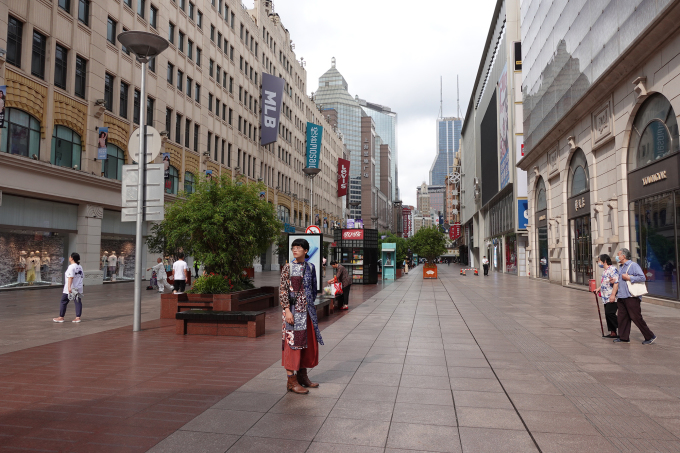
Nanjing Road and The Bund (Shanghai)
Nanjing Road, known as the “number one street in China,” is located in the heart of Shanghai and is the busiest tourist destination in the city. It features hundreds of shops ranging from luxury to affordable. To get to Nanjing Road, there are various options: take subway Line 2 or Line 10 to Nanjing East Road Station, Line 1, 2, or 8 to People’s Square Station, or take buses such as No. 20, 23, 24, 37, 49, 921 from anywhere in the city and then follow the signs on foot.
The Bund is a pedestrian road along the Huangpu River. It has long been a symbol of Chinese culture, appearing in poetry, paintings, dramas, and movies, and is also familiar to many Vietnamese people.
As soon as you exit the subway at the aforementioned stations, you will see signs guiding you to The Bund, and there will be continuous signs like that along several hundred meters until you reach the promenade. While most tourist spots in China impress with their traditional cultural influence in architecture and landscapes, at The Bund, you will feel like you’ve wandered into a European city, with a series of century-old Western-style skyscrapers.
Sitting leisurely on The Bund, you can admire the Oriental Pearl TV Tower and a row of skyscrapers on the other side of the river, along with the bustling traffic of boats, showcasing the vibrant life of a metropolis. Unlike most pedestrian streets, The Bund does not have many shops, but it is designed for beautiful photo opportunities and offers many restaurants and cafes.
Nanjing Road and The Bund are adjacent to each other, so you can enjoy a full day of entertainment, sightseeing, shopping, and dining in this fascinating area.
Shantang Street and Guanqian Street (Hangzhou)
Shantang Street (Seven-li Shantang) is the most crowded street in Hangzhou. It is both a bustling pedestrian street and an entertainment center that most tourists do not miss. Shantang Street is 1,200 years old, located along the Shantang River, and is considered the city’s first historical street. It still retains its unique ancient charm, unaffected by the urbanization trend of the 21st century. On Shantang Street, there are hundreds of shops selling traditional foods, trendy drinks, and countless eye-catching souvenirs. By going down to the riverbank, you can buy a ticket for around 50 CNY (approximately 165,000 VND) for a boat tour. You will deeply feel the meaning of the phrase “There is paradise above, Suzhou and Hangzhou below” while sitting on the boat and admiring the ancient street in Shantang.
To get to Shantang Street, take subway Line 2 to Shantang Street Station or buses No. 7, 34, 44, 64, 85, 161, 304, 315, 406, 415, 522, 921, or 970, and then follow the signs on foot from the bus stop.
Unlike Shantang Street, Guanqian Street (Guanqianjie) is a few kilometers away and has a more modern vibe. It is a gathering place for hundreds of Chinese and international brands to satisfy the viewing and shopping needs of tourists. Although younger than Shantang Street, Guanqian Street also has a 150-year history, with many buildings constructed over a century ago. In the spacious street, you can visit fashion shops ranging from budget to mid-range, try out renowned restaurants, and stop by century-old bakeries to buy gifts for your loved ones.
To get to Guanqian Street, take subway Line 1 or buses No. 1, 101, 102, 103, 33, 38, 313, 146 to Leqiao Station, and then follow the signs on foot.
Hefang Street and Wulin Night Market (Hangzhou)
Hefang Street, with a history of nearly 900 years, was built during the Southern Song Dynasty and is now the most famous and well-preserved ancient street in Hangzhou. Hefang Street and Hangzhou have always played a special role in the economic, cultural, and social life of the region known as the Jiangnan area. Hefang Street has embraced modern elements in the 21st century but remains a pride of Hangzhou and a renowned tourist attraction in the region.
Hefang Street is a combination of hundreds of shops, many of which have been in operation for over a century. Here, you have the opportunity to explore traditional medicine, Chinese tea culture, shop for exquisite handicrafts, and taste delicious Hangzhou cuisine.
To get to Hefang Street, take subway Line 1 to Ding’an Road Station or buses No. 8, 60, 127, 195, 208, 216 to Qinghefang Station, and then follow the signs on foot.
Less grandiose than Hefang Street, but Wulin Night Market is an excellent shopping spot if you are fond of affordable fashion and souvenirs. It is also a popular street food area with a variety of interesting street delicacies at low prices. The market is always bustling regardless of the weather.
Wulin Night Market is designed in a youthful style. On the awnings of the shops, you will find the phrase “I love you” written in dozens of different languages, including Vietnamese.
To get to Wulin Night Market, take subway Line 2 to Fengqi Road Station. Upon exiting the station, you will find the night market.
These pedestrian streets in Shanghai, Hangzhou, and Wuzhen offer diverse experiences, combining history, culture, entertainment, shopping, and dining. With their unique charm, they are sure to captivate any traveler’s heart.
